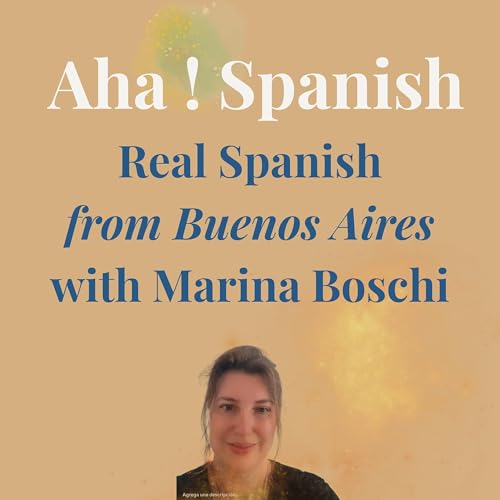
Spanish Verbs That Flip Their Meaning in the Past
No se pudo agregar al carrito
Add to Cart failed.
Error al Agregar a Lista de Deseos.
Error al eliminar de la lista de deseos.
Error al añadir a tu biblioteca
Error al seguir el podcast
Error al dejar de seguir el podcast
-
Narrado por:
-
De:
Ever wondered why conocer means “to know” in the present but suddenly flips to “to meet” in the past? 🤔
In this episode, we explore the most common Spanish verbs that change meaning in the preterite tense — like conocer, saber, poder, querer, and tener — so you can finally understand the difference and avoid confusion.
💡 With real examples in Spanish (plus English translations), you’ll see how one verb can tell a completely different story depending on the tense.
👉 Perfect for Spanish learners who want to sound natural and really get the nuances of the language.
✨ What you’ll learn in this episode:
The difference between conozco (I know) and conocí (I met)
How saber changes from “to know” → “to find out”
Why quise means “I tried” and no quise means “I refused”
The trick with poder in the past (managed to / failed to)
And much more!
—
🧡 Hosted by Marina Boschi, Spanish teacher and founder of Verbum Spanish School in Buenos Aires, Argentina.
💌 Subscribe for weekly Spanish tips & culture notes → verbum.biz/master-spanish-newsletter
#SpanishGrammar #LearnSpanish #PreteriteSpanish #VerbumSpanish #SpanishPodcast #EspañolParaExtranjeros #SpanishVerbs #SpanishForExpats #ConocerVsSaber


